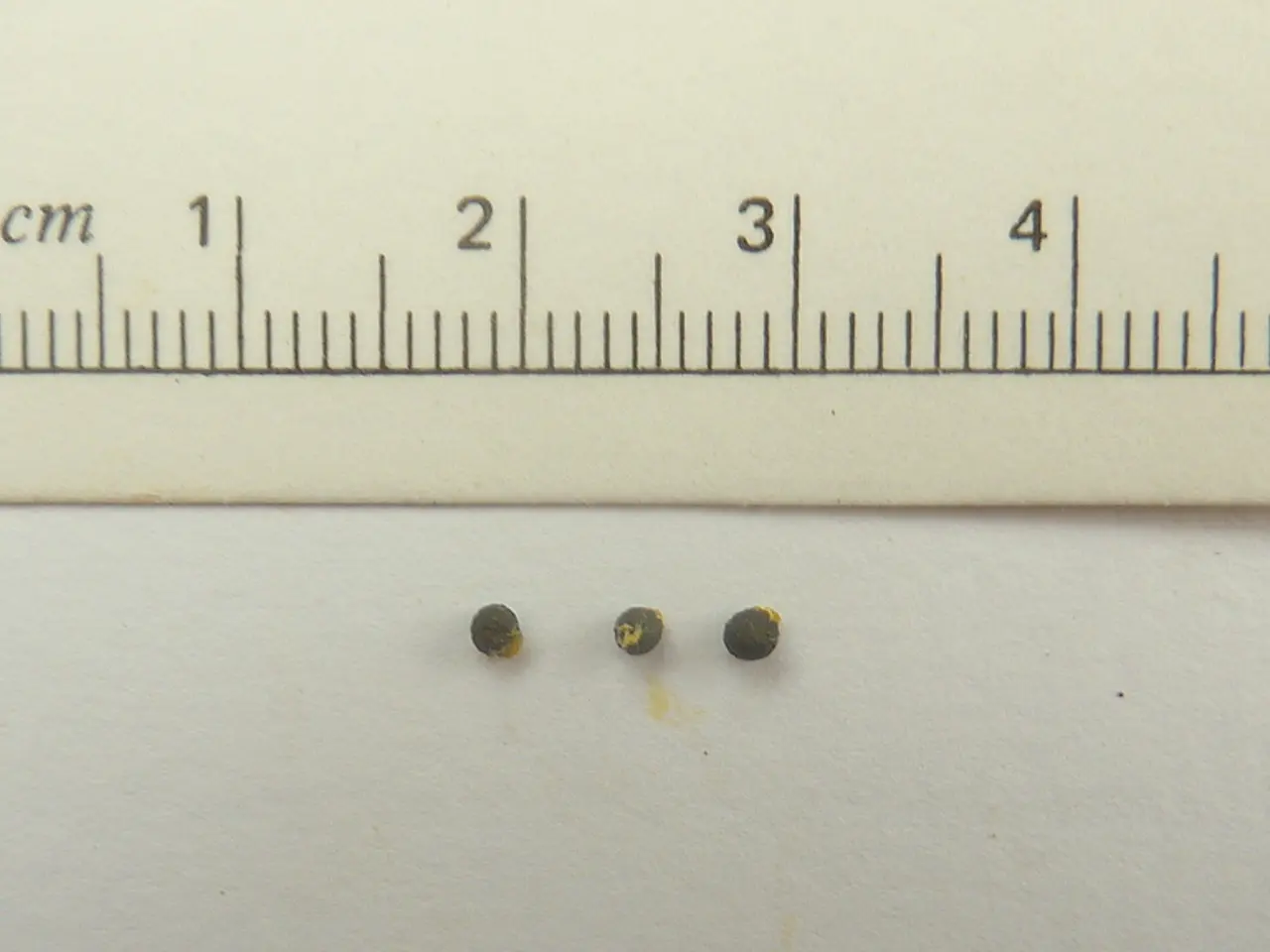Parallelogram Height Formula and Worked-out Examples
Understanding the Height of a Parallelogram
A parallelogram is a special type of quadrilateral where opposite sides are parallel and equal in length. One of the key properties of a parallelogram is its height, which is the perpendicular distance between the base and the parallel side opposite to it.
The height of a parallelogram plays a crucial role in calculating its area. By knowing the base and the height, you can easily find the area of the parallelogram using the formula:
Area = Base * Height
This formula holds true for any parallelogram, regardless of the angles between its sides. However, if the angle between the base and the opposite side is not 90 degrees, you can use trigonometry to find the height.
For example, if the area of a parallelogram is 800 square centimeters and the length of the base is 40 centimeters, you can find the height by rearranging the formula:
Height = Area / Base
In this case, the height would be 20 centimeters.
The perimeter of a parallelogram is another useful tool for finding the measure of the other side when one side and the perimeter are known. The formula for the perimeter of a parallelogram is:
Perimeter = 2(X + Y)
where X and Y are the measures of opposite sides.
For instance, if one side of a parallelogram is 80 centimeters and the perimeter is 400 centimeters, you can find the measure of the other side by solving the equation:
400 = 2(80 + Y)
Solving this equation gives Y = 120 centimeters.
In the next article, we will discuss the Diagonal of Parallelogram Formula.
References:
- Parallelogram - Definition, Properties and Formulas
- Height of Parallelogram Formula
- How to Find the Height of a Parallelogram
- Parallelogram - Derivation of Height Formula
In the realm of education-and-self-development, understanding the height of a parallelogram is essential when it comes to learning math and science, as this knowledge enables us to calculate its area or even find it using trigonometry when the angle between the base and the opposite side isn't 90 degrees. The height can also be found by rearranging the formula: Height = Area / Base. On the other hand, the perimeter of a parallelogram, obtained by the formula Perimeter = 2(X + Y), gives us another tool for learning more about its sides when one side and the perimeter are known.




